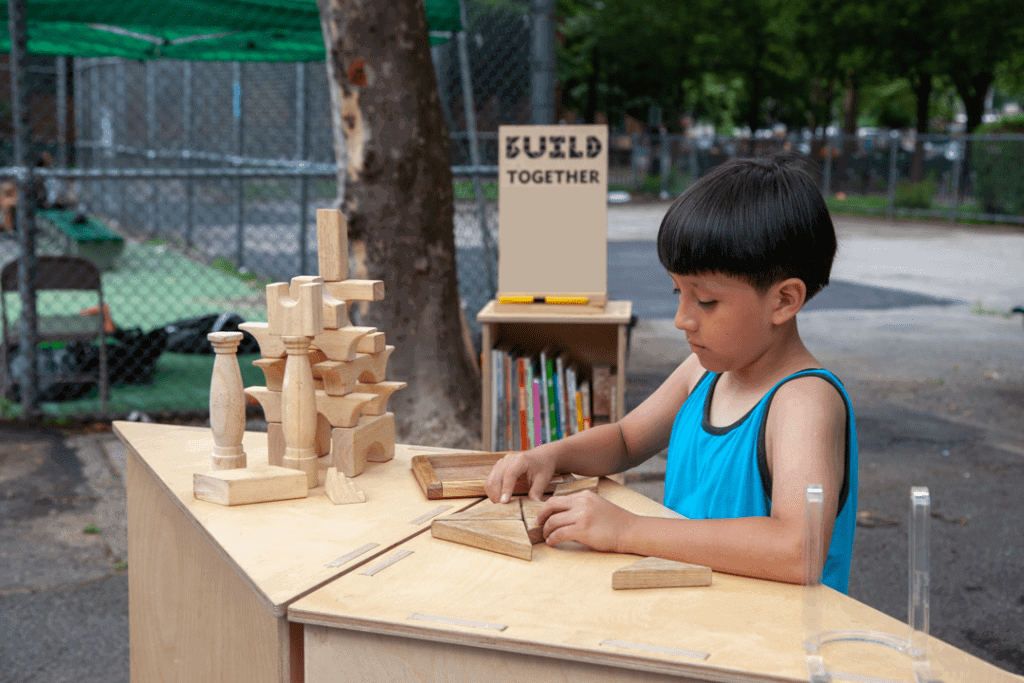Try These 5 Helpful Ideas to Get Kids Involved in STEM

|
Getting your Trinity Audio player ready...
|
Why is STEM So Important?
It is so important that children (boys and girls) study STEM (Science, Technology, Engineering & Math). This is because many of the world’s most pressing issues such as food insecurity and climate change need the work of professionals working in STEM fields to find workable solutions. While investment in these areas has led to the growth of these sectors, there remains a huge shortage of the necessary skills to fill the necessary job roles. This is why our greatest hope for the growth of these academic disciplines is our children.
Whether a child pursues a formal career in STEM or just has a background in these disciplines, their experience and the perspectives they’ll gain can be incredibly important for stimulating change in the world.

How Can Teachers & Parents Get Kids Involved with STEM?
Adults play an important role in nurturing a child’s academics interests and encouraging them to pursue meaningful career paths.
Here are Five Ways We Can Get Kids Excited About STEM subjects:
1. Identify Role Models Working in STEM Professions
It is important for children to see the links between what they study in school and where these subjects can take them in the future. Whether through books, media or everyday life, we can find people that do impressive or meaningful jobs that are linked to STEM subjects. Examples include doctors, mechanics, computer engineers or astronauts. Talk to your kids about how a sense of curiosity and a willingness to look for solutions can lead to meaningful careers in STEM. Taking the time to point out any role models in STEM fields will help children picture themselves in related roles in the future.
Here is a Video with Some STEM Professionals Talking About Their Careers.
2. Emphasize STEM-Related Skills
Helpful skills to develop for those interested in STEM include curiosity, observation, creativity, problem solving and communication. Encourage children to develop these skills by asking them questions and encouraging them to ask their own. Rather than simply giving them an answer to a question, have them do some research themselves. Sparking curiosity sets a great foundation for the development of these attributes. For instance, you may ask them what topics they are interested in, what they know about those topics, what they want to learn. You can teach and encourage them how to look up answers to their own questions and ask them to tell you what they’ve found. For instance, your child may want to know how robots are made. Luckily, there is so much information available on the internet. Just supervise to ensure appropriate and quality content. As an example, check out this awesome video on Robotics!
3. Provide STEM Opportunities in the Community for Natural Learning Opportunities
Giving young children increased exposure to those working in STEM professions and allowing them to see demonstrations of exciting work in the field will certainly serve to inspire by allowing for more hands-on experience. You can arrange visits to interesting places such as observatories, aquariums, or science museums, or institutions of higher learning such as Spartan College of Aeronautics where children can learn about STEM subjects from different angles. Taking them out of the usual classroom setting instills a greater sense of fun into their learning.
4. Provide Hands-On STEM Activities
Research supports the use of hands-on learning in education and indicates that many students who do not do well with a traditional approach to education, demonstrate increased motivation and performance with hands-on activities, which include a STEM component. Below are some photos of students engaging in hands-on STEM activities!



5. Build Your Child or Student’s Confidence as It Relates to STEM Fields and Activities
The more we know about something and familiar we are with doing it, the more confident we can be with the topic or subject. Children need to be exposed to STEM but they also need the opportunity to explore different STEM fields and activities to satisfy their knowledge and curiosity. Additionally, children need room to make mistakes, and have support and positive guidance as they move forward and take risks that are outside of their comfort zone. Opportunities for exploration, along with an encouraging role model can go a long way when it comes to building confidence in general, and as it relates to STEM.
Exposing your child to the opportunities STEM learning provides, sets an excellent foundation for their future. Whether they end up pursuing a related career path or not, the skills they learn along the way will be invaluable. Nurturing a spark for these subjects could set children up for a promising future.

Fun STEM Ideas for Kids
Sponsored Post






